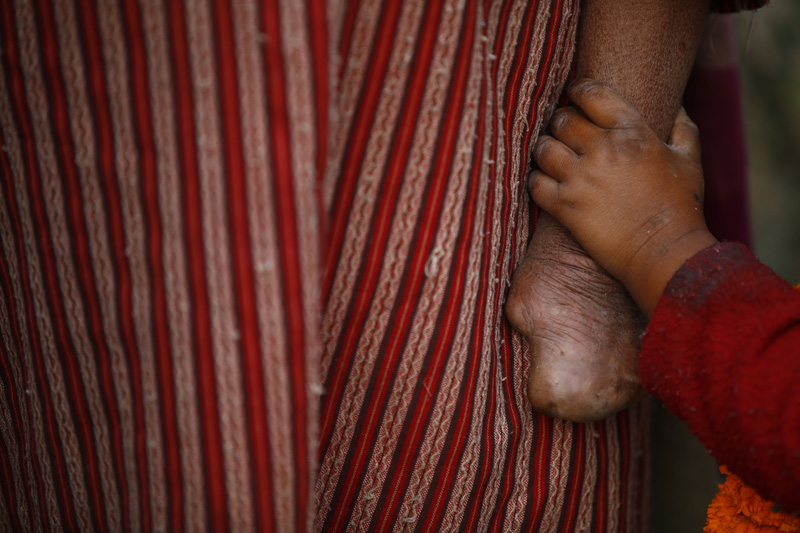WHO calls for enhanced efforts to end the scourge of leprosy
Kathmandu, January 28
Enhanced efforts, renewed commitment, and an inclusive approach is needed to end the scourge of leprosy which continues to afflict thousands of people every year, a majority of them in the WHO South-East Asia Region.
Leprosy affected 212,000 more people globally in 2015. "Despite being eliminated globally as a public health problem in 2000, leprosy continues to mar the lives of individuals, and impacts families and communities," said a press release issued by Dr Poonam Khetrapal Singh, WHO regional director for South-East Asia, on the occasion of World Leprosy Day
World Leprosy Day, observed on the last Sunday of January, focuses on the target of zero cases of leprosy-related disabilities in children. Disabilities do not occur overnight, but happen after a prolonged period of undiagnosed illness. Early detection is key to achieving this target, alongside scaling up interventions to prevent leprosy transmission.
"Addressing the socio-economic needs of affected persons and taking concrete measures to end stigma – often the reason for late diagnosis – is vitally important. To effectively combat stigma, a multisectoral approach is needed. Health authorities need to reach out and include leprosy-affected persons and communities in their programme. Laws that sanction or abet discrimination against persons suffering leprosy should be repealed," she said.
Dr Poonam Khetrapal also highlighted that non-governmental and civil society organisations should be included in campaigns to challenge leprosy-related stigma, and to address discrimination against affected persons and their family members.
Nepal achieved the elimination of leprosy as a public health problem in December 2009 and declared elimination in 2010. The World Health Organisation considers a disease is eliminated in a country once the number of cases drops to less than one per 10,000 people. Although significant progress has been made in reducing the disease burden at the national level, sustaining the achievement and further reducing the disease burden through delivering quality leprosy services still remain as major challenges.
According to DoHS, the main principles of leprosy control are based on early detection of new cases and timely complete treatment with multi-drug therapy through integrated health services. Major target for 2020 is to reduce grade II disability below one per million population. Disability Prevention and Rehabilitation Focal Unit has been established at the leprosy control division under Ministry of Health, said the DoHS.






